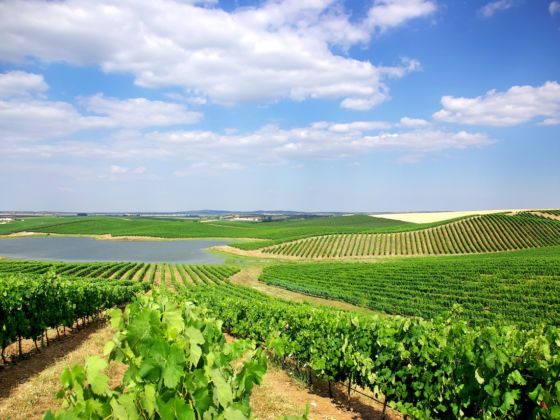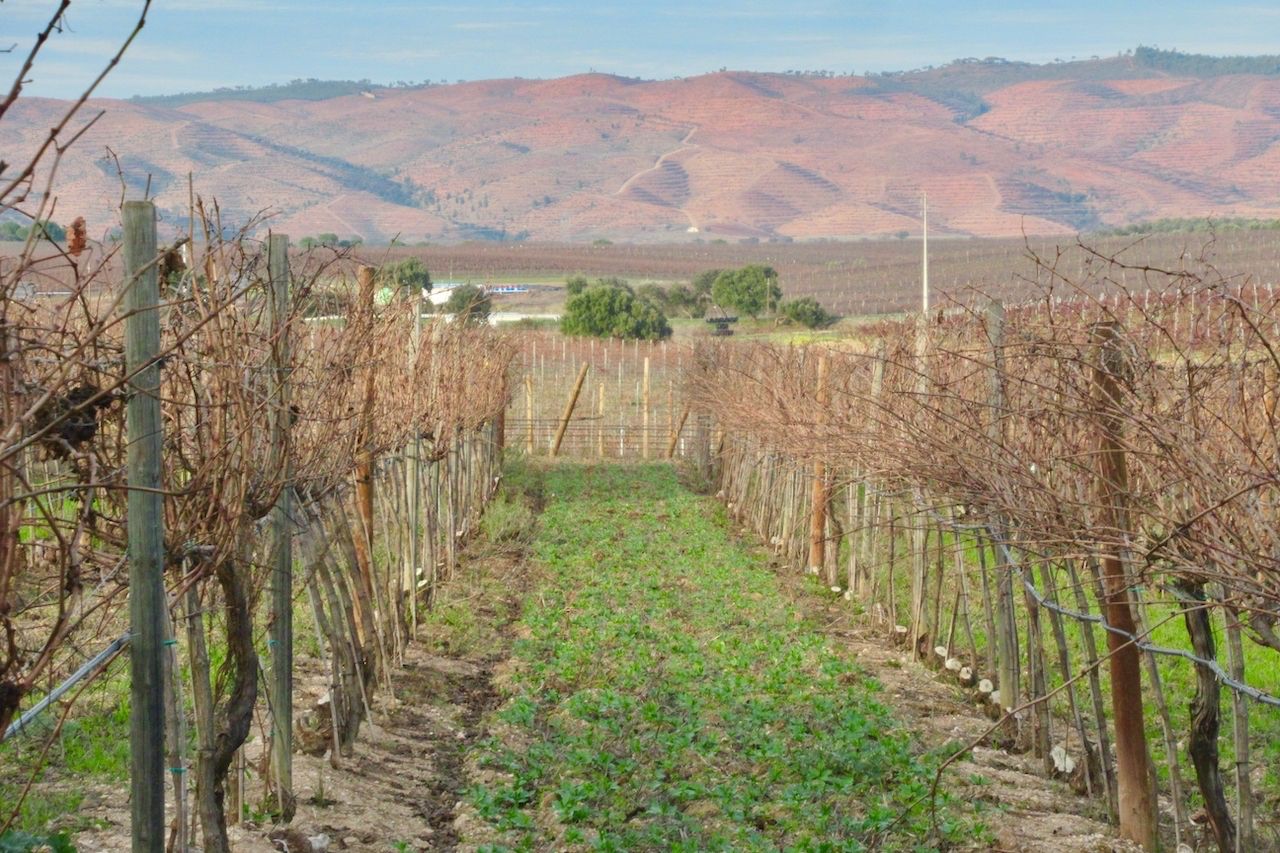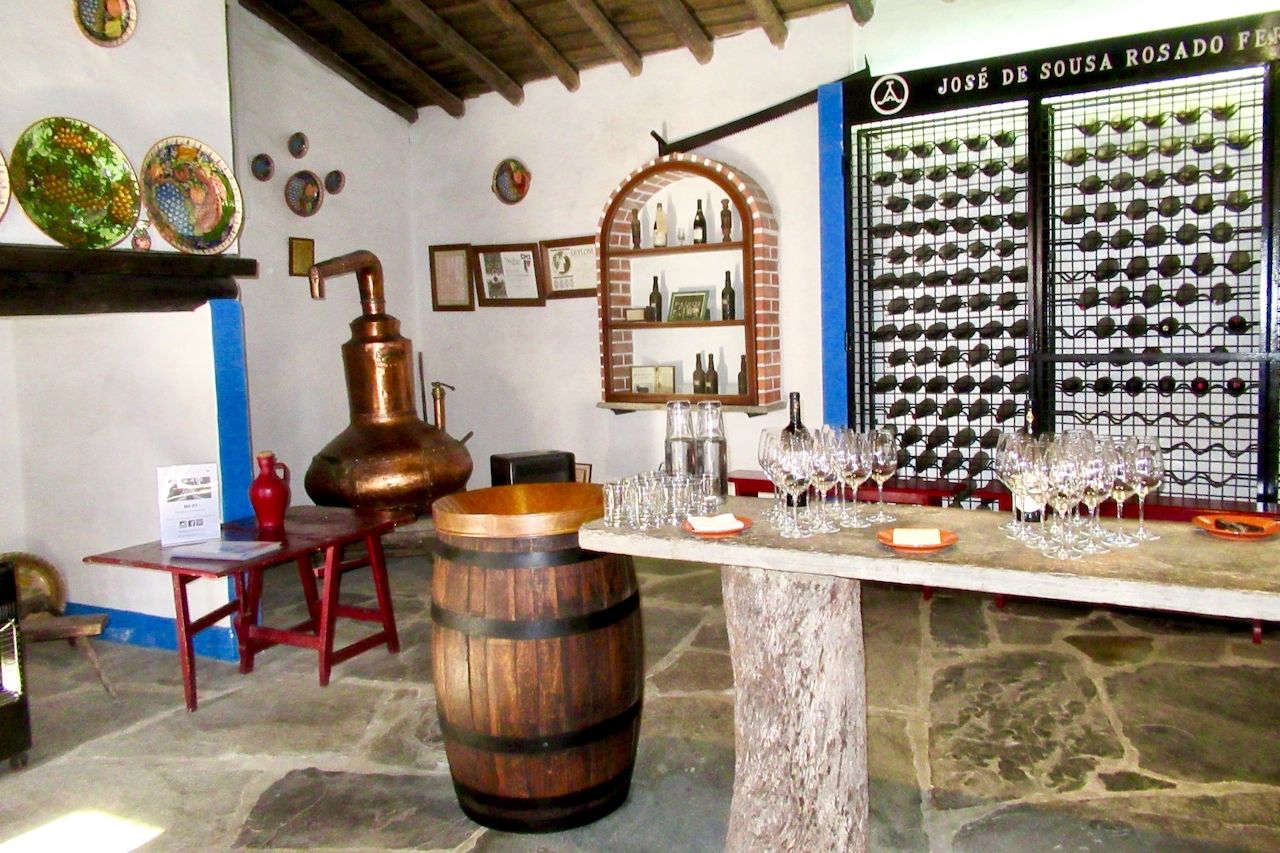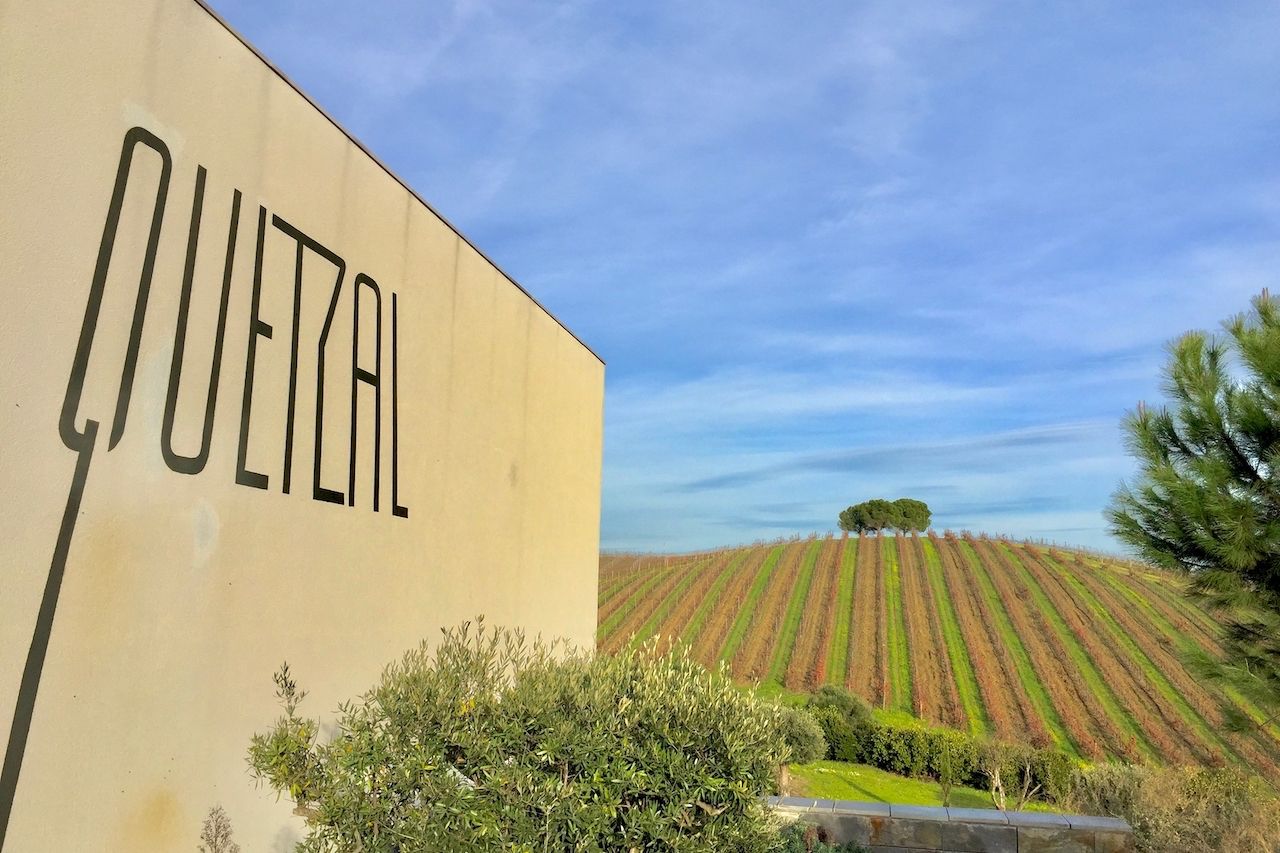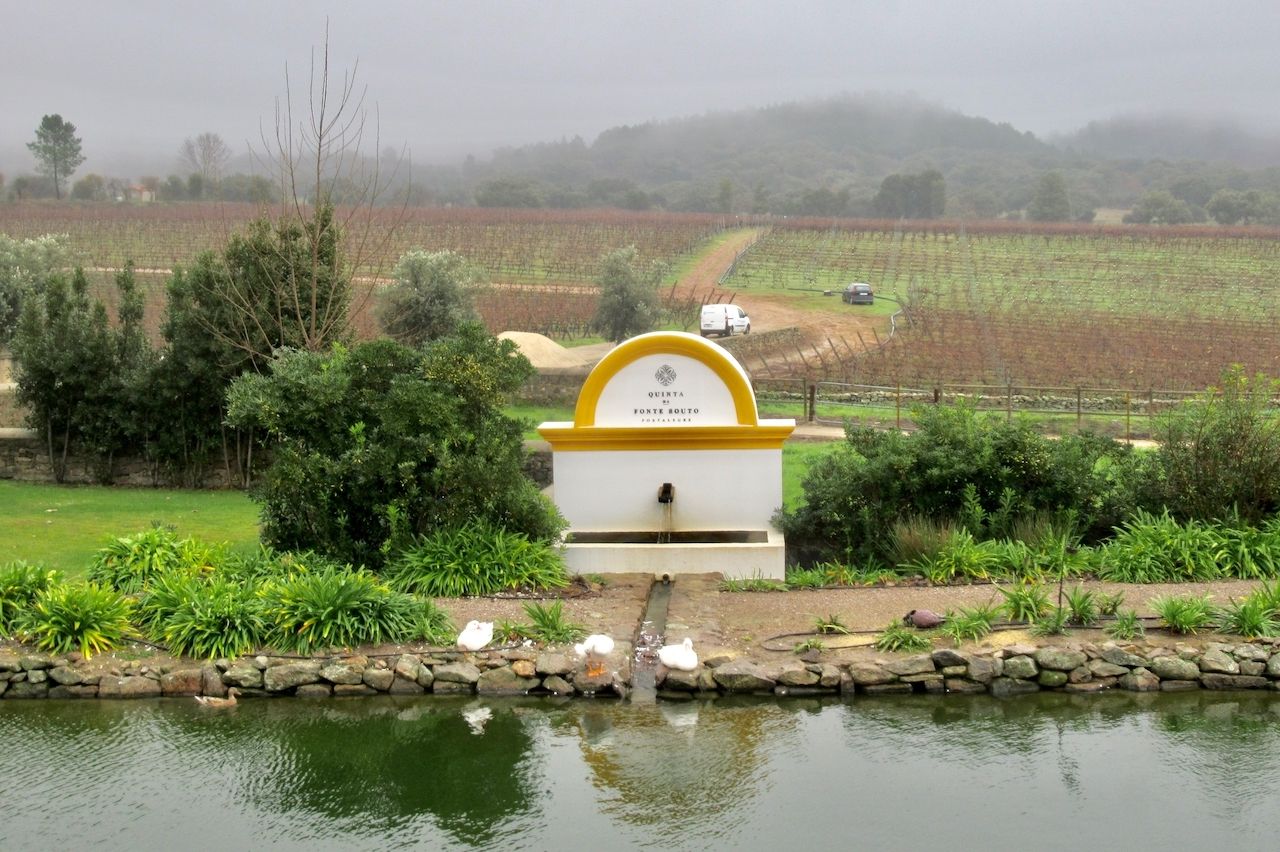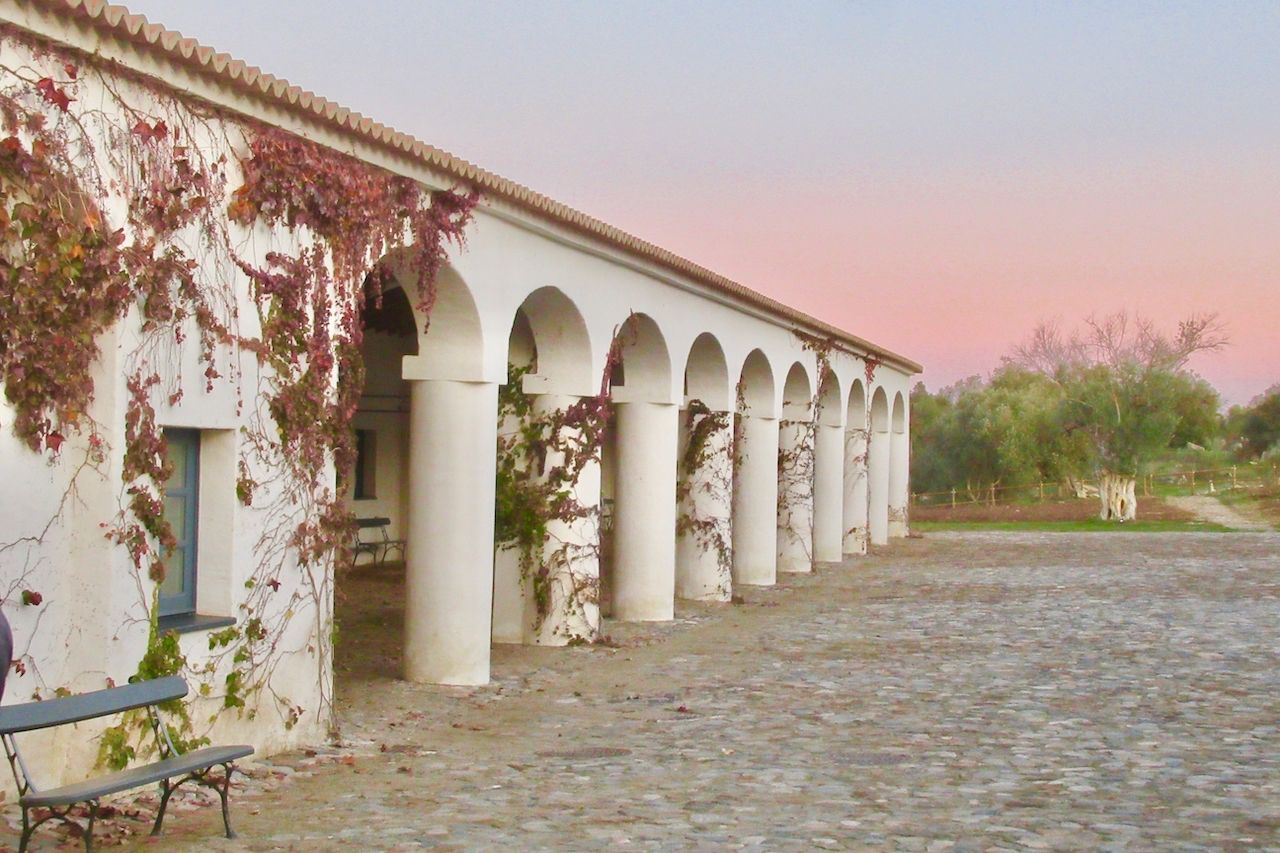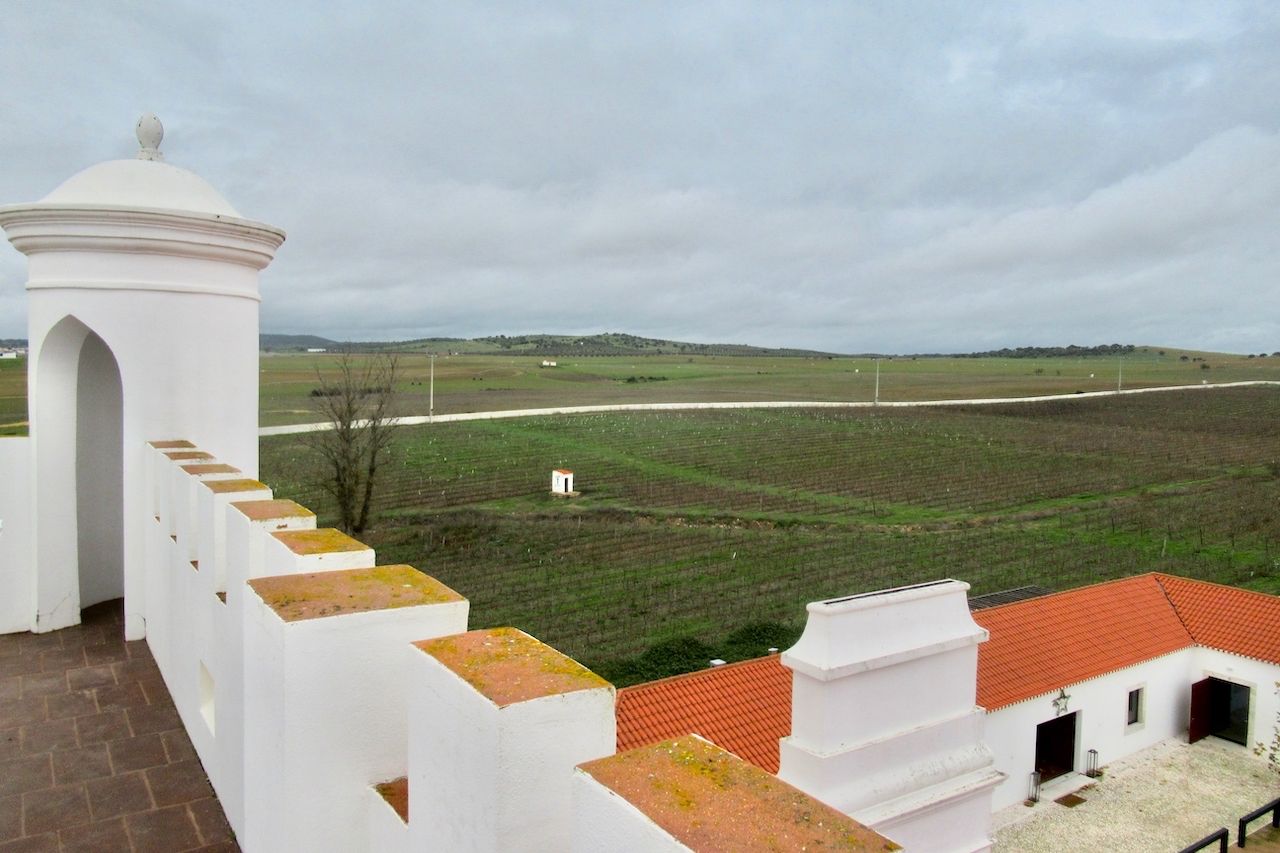Portugal’s Alentejo province is blessed. Sort of.
The Massachusetts-sized region has been making wine, off and on, for some 8,000 years. Its abundant sunshine and heat are balanced by cooling night winds from the Atlantic. The rich soil nearly begs you to put a seed in the ground. Cork-tree plantations, photogenic villages, a welcoming populace, and scenic hilly landscapes are everywhere to be found. But there’s one thing in which Alentejo is severely lacking: water. And the global rise in temperatures isn’t helping.
